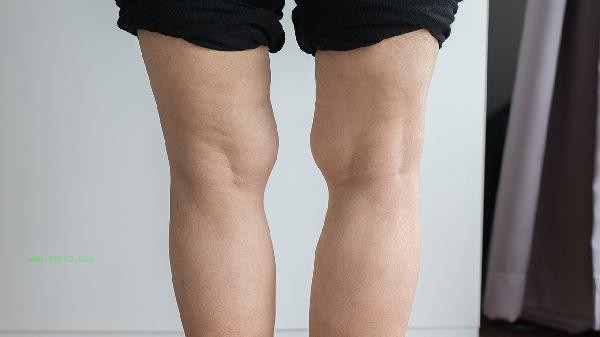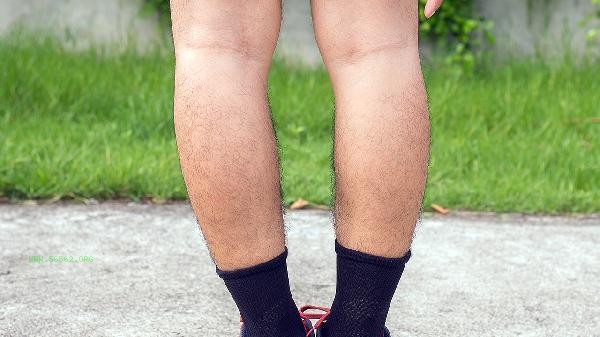Muscle contraction can be promoted through stretching training, hot compress therapy, low-intensity strength training, neuromuscular control exercises, physical therapy, and other methods to facilitate recovery. Muscle contractures are usually caused by sports injuries, long-term poor posture, neurological disorders, muscle ischemia, metabolic abnormalities, and other reasons.

1. Stretching training
Static stretching of contracted muscles can improve flexibility. Taking hamstring muscle contraction as an example, one can perform a forward bending motion while sitting, hold it for 30 seconds, then relax and repeat. During stretching, avoid bouncing movements to prevent secondary damage to muscle fibers. Performing 3-5 sets of daily stretching can effectively relieve muscle tension and promote blood circulation.
2. Hot compress therapy
Hot compress can dilate local blood vessels and increase blood oxygen supply to contracted muscles. Apply a hot towel at 40-45 ℃ to the affected area for 15 minutes, with a mild massage for better results. Stretching training after hot compress can significantly improve muscle extensibility. Note that hot compress should be avoided in the early stage of acute injury to avoid exacerbating inflammatory reactions.
3. Low intensity strength training
Progressive resistance training helps rebuild muscle balance. Use elastic bands or self weight training to perform isometric exercises without causing pain. If there is a contraction of the triceps muscle in the calf, tiptoe training can be performed 10-15 times per group to improve muscle fiber arrangement through centrifugal contraction. After training, it is necessary to fully relax the target muscle group.

4. Neuromuscular Control
PNF proprioceptive neuromuscular facilitation technology can effectively improve contractures. By using the contraction relaxation mode, the patient first actively contracts the antagonistic muscle group, and then guides the target muscle to relax. This interactive inhibition method can reset the neuromuscular control mode, especially suitable for contractures caused by abnormal muscle tone after stroke.
5. Physical therapy
Ultrasonic therapy can penetrate tissues 5-8 centimeters deep and release fiber adhesions through mechanical vibration. Shock wave therapy can promote neovascularization and improve chronic contractures. Electrotherapy blocks pain signals by interfering with electrical currents and has a significant effect when combined with passive traction. These physical factor therapies need to be operated by professional rehabilitation therapists. During the recovery period, it is recommended to maintain a daily water intake of 2000 milliliters and supplement with magnesium rich foods such as bananas and dark green vegetables. Use position pads during sleep to maintain muscle neutrality and avoid prolonged flexion posture. It is recommended to engage in water exercise three times a week to utilize buoyancy to reduce joint load. If the contraction persists for more than two weeks without improvement, or is accompanied by severe pain and limited joint movement, timely medical attention should be sought to rule out neurological disorders. During the rehabilitation process, excessive training should be avoided and the principle of pain tolerance should be followed gradually.









Comments (0)
Leave a Comment
No comments yet
Be the first to share your thoughts!